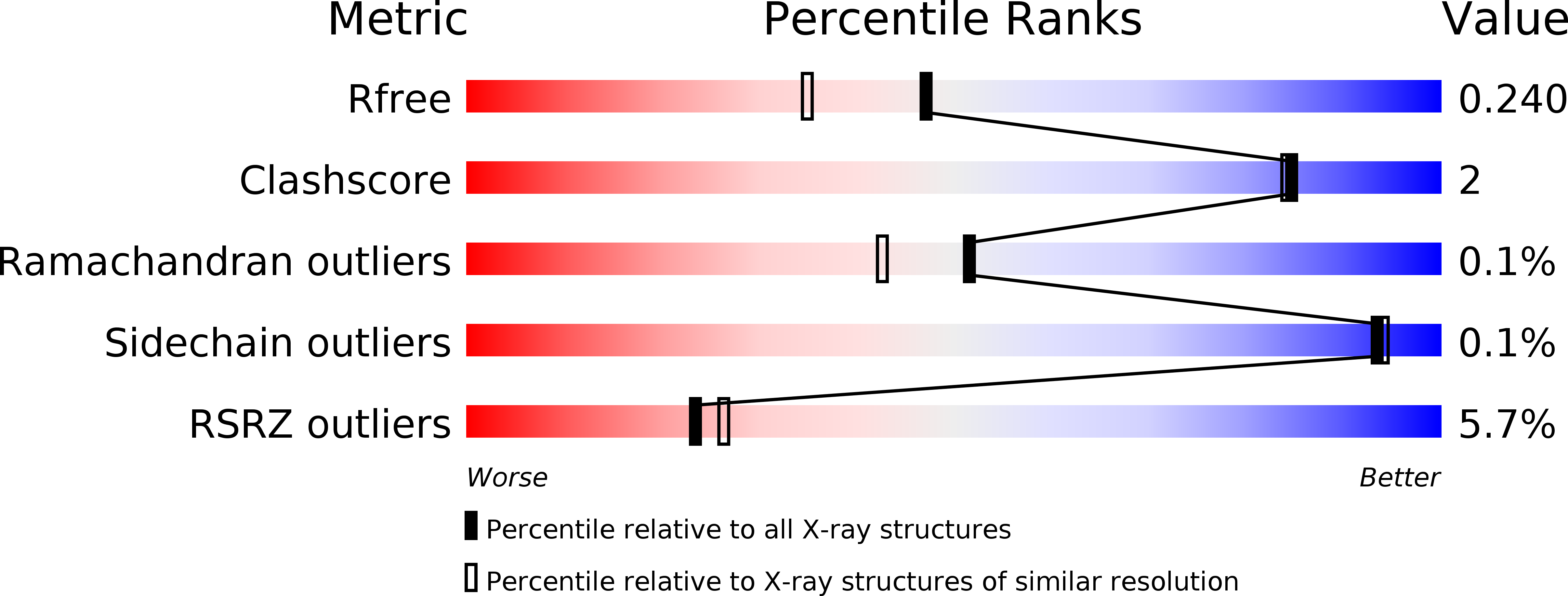
Deposition Date
2019-02-21
Release Date
2019-07-17
Last Version Date
2024-01-24
Entry Detail
PDB ID:
6QSS
Keywords:
Title:
Crystal Structure of Ignicoccus islandicus malate dehydrogenase co-crystallized with 10 mM Tb-Xo4
Biological Source:
Source Organism:
Ignicoccus islandicus DSM 13165 (Taxon ID: 940295)
Host Organism:
Method Details:
Experimental Method:
Resolution:
1.89 Å
R-Value Free:
0.23
R-Value Work:
0.20
R-Value Observed:
0.20
Space Group:
P 2 21 21


